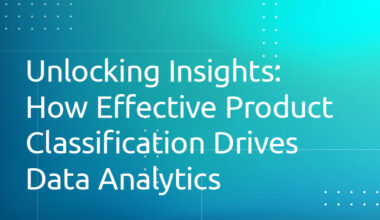Data is an essential asset in the modern business environment. However, raw data often comes with inconsistencies, inaccuracies, or formats that don’t fit into a system efficiently. Two critical processes that help in refining data for businesses are data cleansing and data normalization. While they may sound similar, they serve different purposes. Here’s what you need to know.
1. Defining the Terms
- Data Cleansing: This process involves identifying and rectifying (or removing) errors and inconsistencies in data to improve its quality. It deals with the accuracy and consistency of data.
- Data Normalization: It is the process of organizing data within a database in such a way that it reduces redundancy and ensures data dependency. The goal is to have data stored in such a manner that it is retrieved in the most straightforward possible way, without compromising its integrity.
2. The Need for Each Process
- Data Cleansing: The primary objective is to detect and correct errors and anomalies in the data. These could be typographical errors, misspellings, duplicates, or outdated data.
- Data Normalization: The main focus here is to design the structure of the database efficiently. It involves ensuring that only related data is stored in each table and that data is stored only once (eliminating redundancy).
3. How Each Process Works
- Data Cleansing: Typically, this involves steps like removing duplicate data, correcting values that are outside a permissible range or that don’t match expected patterns, and filling in missing values.
- Data Normalization: This often involves dividing large tables into smaller ones and linking them using relationships. The aim is to ensure that each piece of data is stored in its most logical place.
4. Tools and Technologies
- Data Cleansing: Various tools, both open-source and proprietary, can assist with data cleansing. They range from basic tools that handle simple tasks like removing duplicates to advanced ones that use machine learning to detect and correct errors.
- Data Normalization: This is usually carried out using relational database management systems (RDBMS). These systems offer functionalities to divide databases into tables and set relationships between them.
5. Use Cases and Benefits
- Data Cleansing:
- Use Cases: E-commerce businesses might use data cleansing to correct product details or update outdated pricing information.
- Benefits: Improves data accuracy, supports better decision-making, and can lead to improved customer satisfaction.
- Data Normalization:
- Use Cases: In a library’s database, instead of having a single table containing all information about books, data normalization might involve creating separate tables for authors, publishers, and books and then linking them.
- Benefits: Faster data retrieval, reduced data redundancy, and improved data integrity.
6. The Interplay between the Two
While data cleansing and data normalization serve different primary purposes, they often go hand-in-hand. Cleaned data can be easier to normalize, and a well-normalized database can make certain data cleansing tasks easier. For instance, if data is well-normalized and stored in its most logical place, it may be easier to identify outliers or errors.
Both data cleansing and data normalization are indispensable processes for organizations that want to make the most of their data. By understanding the distinctions and the value each brings, businesses can optimize the quality, structure, and usability of their data, paving the way for insightful analytics and informed decision-making.
Interested in understanding the differences between data cleansing and data normalization? Contact Retail Taxonomy to learn more about these essential data refinement processes and how they can benefit your business. Reach out to us today for further insights.
 1.416.619.5349 Ext.325
1.416.619.5349 Ext.325 






